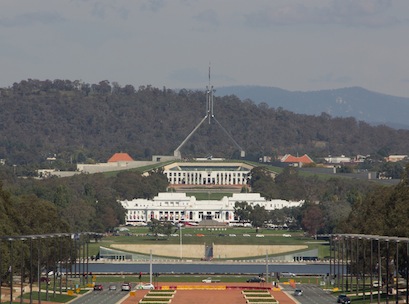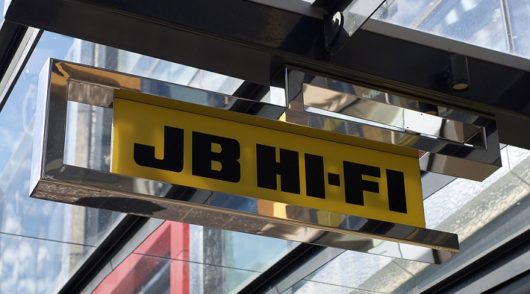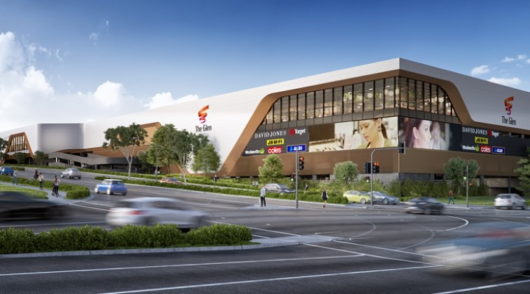 Treasurer Scott Morrison has doubled down on his belief that wage growth will pick up over the next four years as the labour market tightens, following better than expected employment forecasts released in the mid-year budget update yesterday.
Treasurer Scott Morrison has doubled down on his belief that wage growth will pick up over the next four years as the labour market tightens, following better than expected employment forecasts released in the mid-year budget update yesterday.
In an interview on the ABC’s 7.30 program on Monday night Morrison put subdued wage growth down to the hangover impact of the now-ended mining investment boom, but said Australians are already starting to see pay rises in select sectors.
“We’ve had a thousand new jobs created in the economy every single day this year and what that means is the labour market will continue to get tighter,” he said.
“We can expect to see that flow through to wages in the broader economy.”
Treasury yesterday rolled back its wage growth forecast for this year from the 2.5 per cent predicted in May to 2.25 per cent, while also downgrading its 2018-19 forecast from 3 per cent to 2.75 per cent.
Forecasted wage growth also copped a downgrade from 2.75 per cent to 2.5 per cent, but is expected to almost double over the next four years in line with better than expected employment growth, with the unemployment rate expected to fall to 5.5 per cent by 2018 and 5.25 per cent by 2019.
But Morrison’s belief that labour market tightening will place upward pressure on wages is increasingly at odds with the views of prominent economists, some of whom are arguing that the traditional understanding of the relationship between employment and spending (inflation) is now misguided.
Last week UBS’ chief economist George Tharenou released a research note claiming that the Phillips Curve —a well-known economic model that ties lower unemployment to higher inflation— is broken.
Following weak consumption growth of 0.1 per cent in the September quarter, UBS is now forecasting real consumption to increase by only two per cent in 2018 and 2019.
Power pressures to alleviate
Morrison remains confident that measures to tackle cost pressures weighing on households will have a positive impact on spending over the next few years, citing the government’s national energy guarantee policy as a positive for prospective power prices.
Yesterday the Australian Energy Market Commission released forecasts that point to a 12 per cent decrease in average prices across the country over the next two years, offsetting an 11 per cent increase this year.
In NSW prices could fall by an average of 6.6 per cent a year to the end of 2019, while prices in Victoria could fall by as much as 8.2 per cent.
However, the AEMC has warned that the closure of further coal-fired power stations could turnaround any decreases.
Company tax cuts on the horizon
Morrisson has also signalled a renewed push to pass the second-half of the government’s $50 billion company tax cut plan through the Senate.
While the Senate has only passed around $24 billion of the package so far aimed at smaller businesses, Morrison will now work with Finance Minister Mathias Cormann to pass cuts for larger businesses.
“The future of job security and the future career prospects and wages growth of Australian workers depend on the Senate passing the government’s company tax cut,” Senator Cormann told a Parliament House press conference yesterday.
Access exclusive analysis, locked news and reports with Inside Retail Weekly. Subscribe today and get our premium print publication delivered to your door every week.





